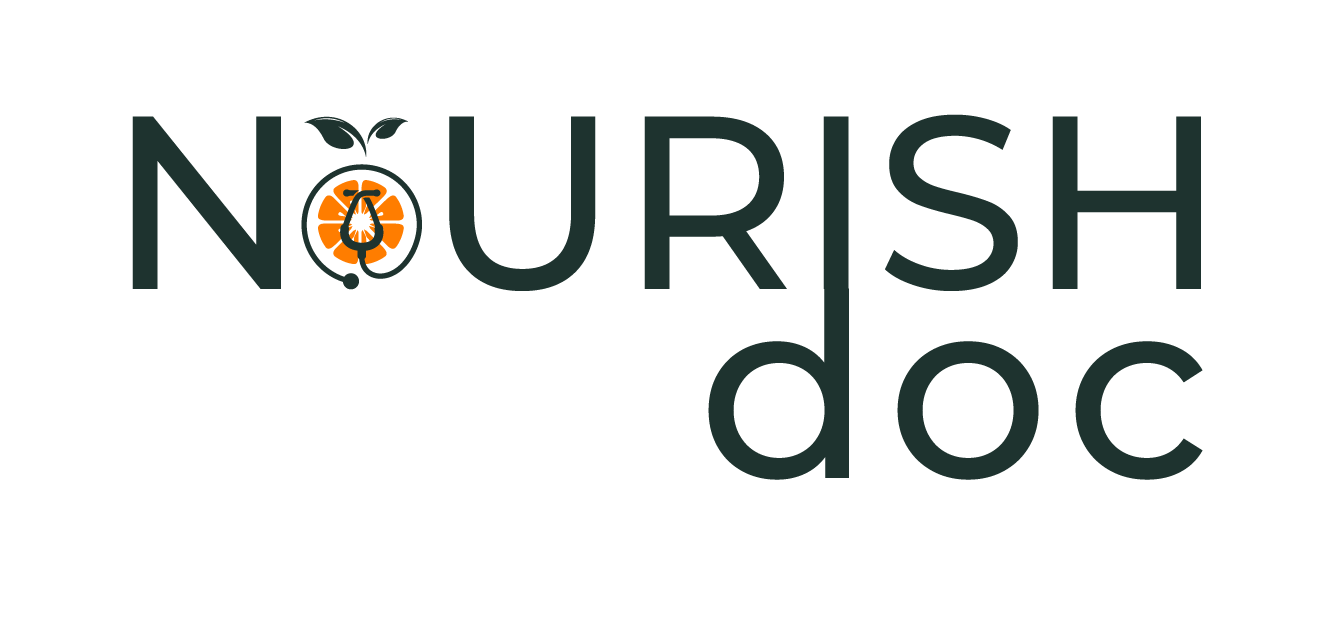Perimenopause is a transitional phase that occurs in the years leading up to menopause, marking the end of a woman’s reproductive years. During this time, hormonal fluctuations can lead to different physical and emotional symptoms, including hot flashes, mood swings, weight gain, and sleep disturbances. While these changes are a naturalistic part of aging, adopting a healthy and balanced diet can significantly alleviate these symptoms and promote overall well-being. Here, we explore the significance of a perimenopause diet and provide practical tips to help women easily sail through this phase.
Emphasize Whole Foods
One of the fundamental principles of a perimenopause diet is to concentrate on whole, unprocessed foods. Incorporating fruits, vegetables, whole grains, lean proteins, and healthy fats into your meals provides essential nutrients, vitamins, and minerals that support hormonal balance and overall health. Incorporate a variety of colorful fruits and vegetables in your diet to obtain antioxidants, fiber, and phytochemicals, which can help reduce inflammation and support cellular health.
Optimize Calcium and Vitamin D Intake
Perimenopause and menopause are associated with a higher risk of osteoporosis and bone loss due to decreased estrogen levels. To maintain strong bones, it’s crucial to ensure a sufficient intake of calcium and vitamin D. Include:
- Dairy products.
- Leafy greens.
- Fortified plant-based kinds of milk.
- Calcium-rich seafood such as salmon and sardines.
Vitamin D, which aids in calcium absorption, can be obtained from sunlight exposure or through dietary sources like fatty fish, fortified cereals, and egg yolks.
The Perimenopause Diet
Key Considerations
A well-balanced perimenopause diet should prioritize certain nutrients to address specific challenges faced during this phase. Here are key concerns to keep in mind:
- Phytoestrogens: These plant-based compounds mimic estrogen in the body and can help alleviate symptoms like hot flashes. Include foods like soy products, flaxseeds, chickpeas, and lentils.
- Calcium and Vitamin D: Bone density tends to decline during perimenopause. Boost your calcium intake with dairy products, leafy greens, and fortified foods. Combine this with vitamin D-rich sources like fatty fish and egg yolks to enhance calcium absorption.
- Omega-3 Fatty Acids: These healthy fats can support decreased inflammation and support brain health. Include fatty fish (salmon, mackerel), walnuts, chia seeds, and flaxseeds.
- Fiber: Hormonal changes can affect digestion and metabolism. Opt for high-fiber foods like whole grains, fruits, vegetables, and legumes to maintain healthy digestion and manage weight.
- Antioxidants: Load up on antioxidants from colorful fruits and vegetables to combat oxidative stress and support overall health. Berries, spinach, kale, and bell peppers are excellent choices.
- Hydration: Stay well-hydrated by drinking water, herbal teas, and infused water to support hormonal balance and ease symptoms like hot flashes.
Practical Tips for a Perimenopause Diet
Implementing a perimenopause-friendly diet doesn’t have to be complicated. Here are some useful tips to get started:
- Embrace Whole Foods: Focus on whole, unprocessed foods, incorporating lean proteins, whole grains, fruits, vegetables, and healthy fats. Minimize processed and sugary foods.
- Portion Control: Pay attention to portion sizes to keep a healthy weight and prevent weight gain, which can exacerbate symptoms.
- Regular Meals: Eat regular, balanced meals throughout the day to stabilize blood sugar levels and maintain energy levels.
- Mindful Eating: Practice mindful eating by slowing down, savoring your meals, and paying attention to hunger and fullness cues.
- Manage Caffeine and Alcohol Intake: Both caffeine and alcohol can activate hot flashes and disrupt sleep. Limit consumption or opt for decaffeinated beverages and moderate alcohol intake.
- Exercise Regularly: Engage in daily physical activity to support weight management, bone health, mood, and overall well-being. Include a combination of cardiovascular exercise, strength training, and flexibility exercises.
- Seek Professional Guidance: Consult with a registered dietitian or healthcare professional specializing in women’s health to tailor a diet plan that suits your needs.
While perimenopause is a natural phase of life, it doesn’t mean you must endure its symptoms without relief. Adopting a balanced and nutritious diet, focusing on whole foods, and making lifestyle changes such as regular exercise and proper hydration can alleviate the discomfort associated with perimenopause and support your overall well-being. Remember to consult a healthcare specialist or registered dietitian for personalized advice based on your needs. Embrace this transformative phase with self-care and nourishment, empowering yourself to navigate perimenopause with grace and vitality.
Here we discuss this with Alex Robinson, a nutritionist, to get her thoughts on this topic.
Stages of Menopause
NourishDoc: What are the different stages of menopause?
Nutritionist Alex: It’s interesting because in what we know now is that there is sort of this pre-menopause stage, which is sort of in our 30s, then we start to move into perimenopause, which can start in our late 30s, up until the point of menopause, which is only 24 hours, after 12 months of not having a regular monthly cycle. And then we’re in post-menopause within that 20. After that, 24 hours. But the interesting thing is that there are now three stages of perimenopause.
If you can visualize what that feels like, you know what I’m talking about. So we have that early stage of perimenopause, where things are starting to change. Maybe you’re noticing different periods cycle, and then you’ve got your middle perimenopause. And then that end stage where you’re heading towards menopause, and your periods are erratic. Lots have changed, but you must get to that in 12 months. So within that itself, perimenopause is quite an interesting stage for a woman.
Diet and Lifestyle changes
NourishDoc: How do you adjust your diet and lifestyle?
Nutritionist Alex: It is time for a woman to hit the reset button on her entire life. Unfortunately, in perimenopause, most of us aren’t ready to do that. So that leads to all areas of your life, particularly when it comes to nutrition and using food as medicine to support you. Stress Management and getting on top of your sleep. I would say they are three key things. But if we’re talking about food, we must become conscious of every meal in our mouths and try to make it as nutrient-dense as possible.
Perimenopause is a great inflammation time because it’s been thrown out of whack. So we want to find foods that will be armed because often were in a heightened state of stress and anxiety. So our cortisol is often high. We want to balance our sugars because insulin and cortisol work together. So if you’ve high cortisol, you’ll often have high insulin. So we want to try and balance our blood sugar throughout the day. And that comes down to eating well and eating regularly. And I’ve always come back to the Mediterranean diet because it’s the number one anti-inflammatory diet in the world.
Traditionally eating lots of meat and getting protein from various sources. Then looking at those wonderful plant-based proteins, like all the legumes, chickpeas, lentils, and black beans, that so many yummy things great, the fiber helping to eliminate all those toxins and hormones that are building up in the body. So that’s important. Ensure you get good fats from olive oil, avocado, and nut butter. Nuts and seeds are complex carbohydrates like brown rice, red rice, black rice, and sweet potato.
Adaptogens and phytoestrogens
NourishDoc: Can we take adaptogens, adaptogenic herbs, and phytoestrogens independently?
Nutritionist Alex: There’s a place for it in our diet. What I’ve read and understand is that in this pre-menopausal phase, where estrogen is like that for me that I described, so it’s a roller coaster, up and down, and there’s no one reason to it, and if we’re eating the spider estrogens found in things like flax seeds, lignans. Those sorts of foods that have soy-based foods behave like estrogen receptors, so estrogen can bind to them because they look similar. And then we’ve got estrogen in the body, which could be problematic in perimenopause when we do not want as much estrogen floating around freely.
I think it’s okay to have a couple of times a week, but maybe not something you eat every day. Whereas when you’re postmenopausal and looking for estrogen, you need all you can get, then those types of foods can be, I think, a little bit more valuable daily. And we know that eating organic food reduces that inflammation in the body because it’s not so processed and has many chemicals. So always trying to have organic food where we can or wash it in a clean solution. Yeah.
Role of soy and cruciferous veggies
NourishDoc: If estrogen and progesterone get lower, soy and cruciferous veggies come into play.
Nutritionist Alex: Yeah. Cruciferous vegetables are just a must at any stage of life because they support our liver function. And as we know, the liver is the biggest detox organ in the body. And it needs all those incredible compounds we find in broccoli and cauliflower in our shots and all the grains to extrapolate, pull apart all those used-up hormones, clear them, and eliminate them through the body. And they’re also fabulous anti-cancer compounds. So just general health and well-being, cruciferous vegetables are one of my number ones.






